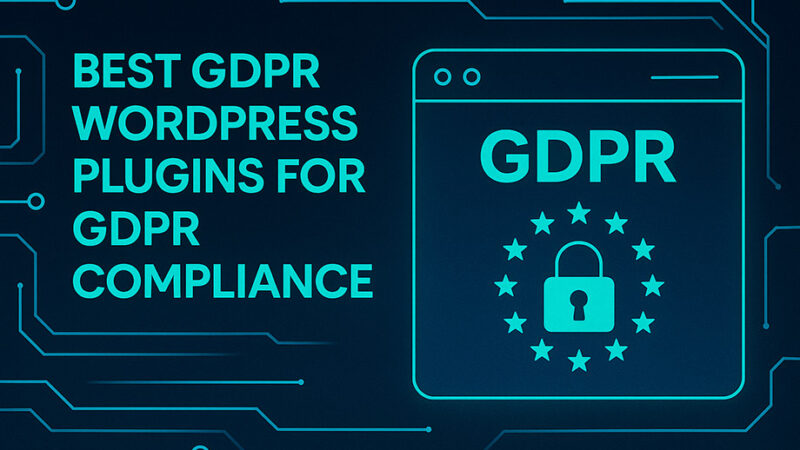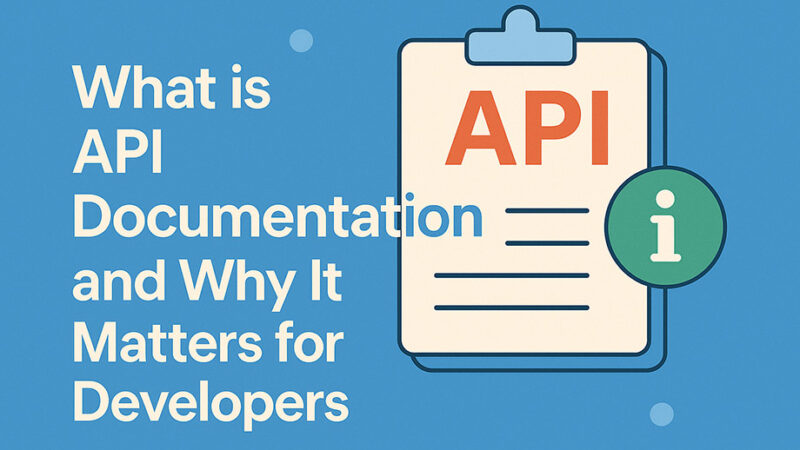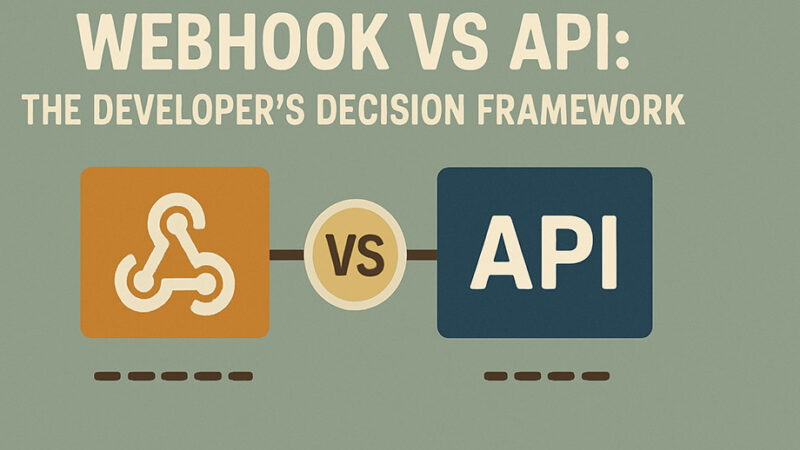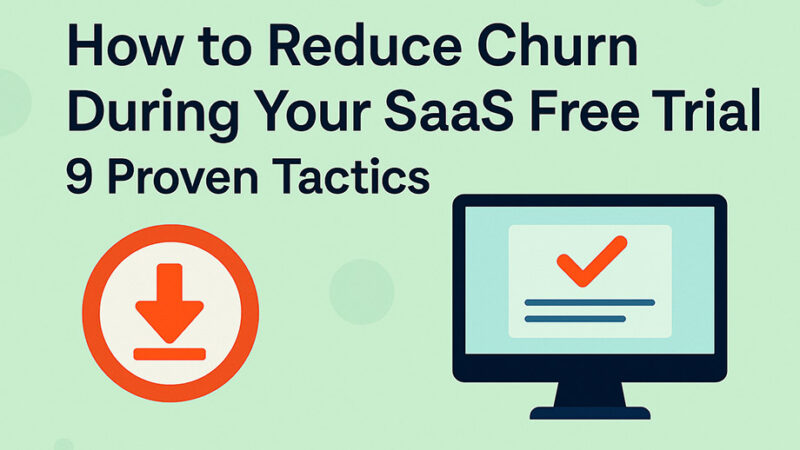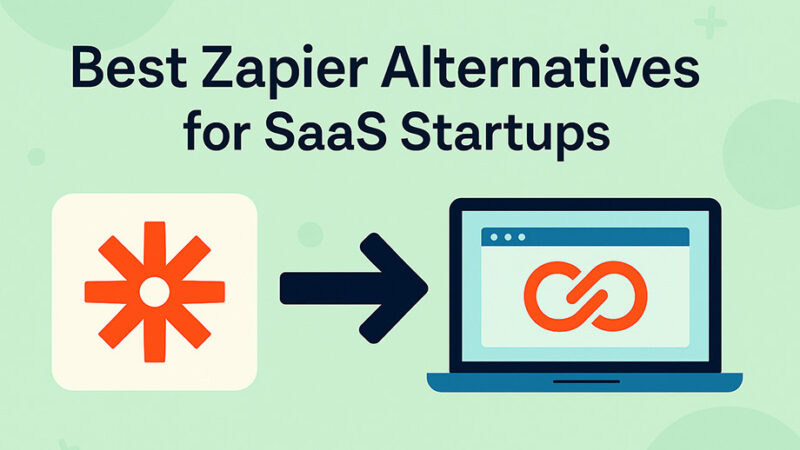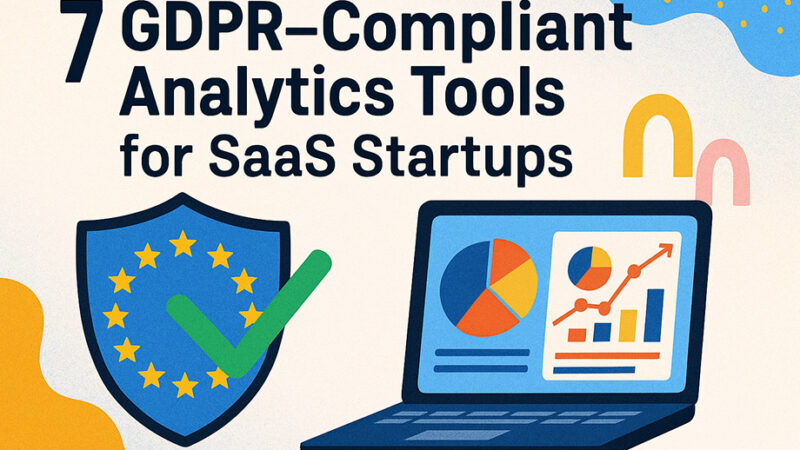Why Your Emails Go to Spam and How to Fix It
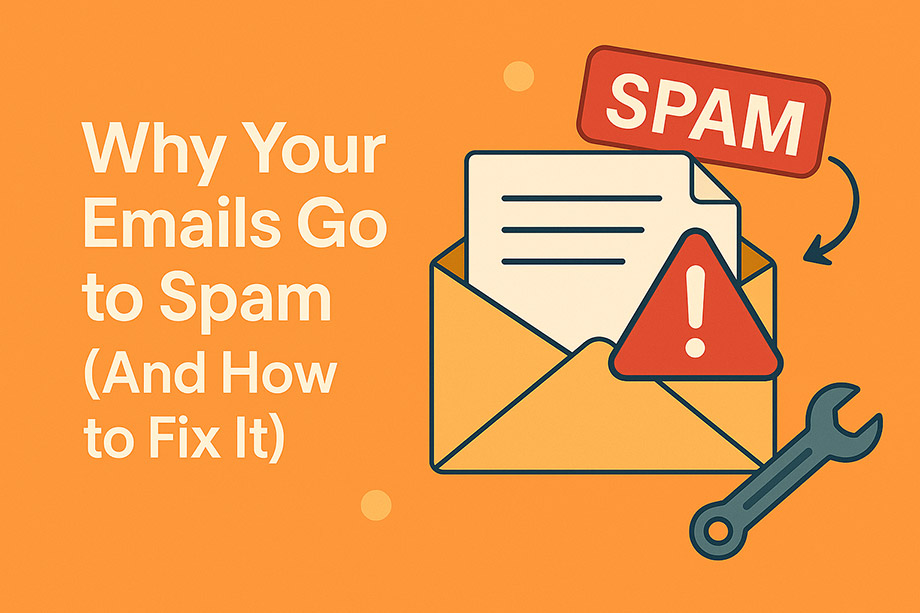
Your emails hit spam due to missing authentication, poor sender reputation, spammy content, or engagement issues. Fix authentication first, then warm up your domain and optimize content.
Your product sends password resets, signup confirmations, and feature announcements. But users aren’t getting them because they’re stuck in spam folders. Here’s exactly how to fix it.
The 5 Critical Issues Killing Your Email Delivery
1. Missing Email Authentication (Fix This First)
Problem: Email providers can’t verify your emails are legitimate without proper authentication records.
Solution: Set up these DNS records immediately:
SPF Record:
v=spf1 include:_spf.google.com include:mailgun.org ~all
SPF verifies that your emails have been sent from your domain.
DKIM Record: Your ESP (SendGrid, Mailgun, etc.) provides this CNAME record. Add it to your DNS. DKIM guarantees that your emails are not changed after they are sent.
DMARC Record:
v=DMARC1; p=none; rua=mailto:dmarc@yourdomain.com
DMARC helps protect your domain from attacks, phishing emails, etc. Start with p=none to monitor, then move to p=quarantine.
Custom Tracking Domain: Set up a custom tracking domain to track open and click rates in your emails safely.
2. Poor Sender Reputation & Domain Warmup
Problem: New domains or those with bad sending history get automatically filtered.
The Email Warmup Process: Email warm-up gradually increases the number of emails sent from your account to boost your email engagement and deliverability.
Manual Warmup Steps:
- Week 1: Send 10-20 emails daily to engaged users
- Week 2: Increase to 50-100 emails daily
- Week 3: Scale to 200-500 emails daily
- Continue gradually building your domain reputation with ESPs
Quick Fixes:
- Use a dedicated subdomain for transactional emails (
mail.yourapp.com) - Monitor bounce rates (keep under 2%)
- Track spam complaints (keep under 0.1%)
- Use dedicated IP addresses to control your email reputation
3. Content and Spam Trigger Issues
Problem: Your emails contain spam trigger words or suspicious formatting patterns.
Top 12 Spam Words to Avoid: Free, Guarantee, Urgent, Limited time, Act now, Click here, Special offer, Buy now, Deal, Winner, Congratulations, Cash
Content Best Practices:
- Use clear and honest language that focuses on the value you’re providing
- Maintain a 60% text to 40% images ratio
- Avoid ALL CAPS and excessive exclamation marks!!!
- Ensure that the promise in your subject line matches the content of your email
- Use simple variables to personalize your emails instead of complex HTML
Technical Content Rules:
- No link shorteners (use full URLs or hyperlinked text)
- Avoid attachments – they’re known to carry viruses
- Clean, simple HTML coding
- Include alt text for all images
4. List Quality and Management
Problem: Sending to invalid addresses, spam traps, or unengaged users hurts your reputation.
List Building Best Practices:
- Build a lead list from scratch using organic methods rather than purchasing lists
- Verify your email list to prevent bounces and invalid addresses
- Avoid spam traps – email addresses set up to catch bad senders
List Maintenance:
- Remove hard bounces immediately
- Use tools like Debounce or Bouncer to verify email list quality
- Clean inactive subscribers regularly
- Always include an unsubscribe button to prevent spam complaints
5. Low Engagement and Monitoring
Problem: Poor engagement rates signal to ESPs that your content isn’t welcome.
Engagement Optimization:
- Personalize your emails to prevent them from looking like spam
- Segment your audience and tailor content based on their interests and behavior
- Ask recipients to reply to your emails to show active engagement
Monitoring Methods:
- Use seed lists – test email addresses across different providers to monitor inbox placement
- Track open rates, click rates, and bounce rates
- Monitor spam complaint rates using tools
Provider-Specific Guidelines
Gmail Optimization
Gmail uses advanced machine learning and AI to analyze every email.
Gmail Best Practices:
- Warm up your emails by starting with smaller volumes to engaged users
- Ask recipients to add you to their contact list
- Simplify your HTML and limit URLs – aim for 60:40 text-to-HTML ratio
- Stay clear of blacklists by regularly monitoring your domain status
Microsoft Outlook/Hotmail
Outlook’s Junk Email Filter uses heuristic analysis, user feedback, and Bayesian filtering.
Outlook Best Practices:
- Use a trusted email domain and manage sender reputation
- Use clear, honest subject lines avoiding sensational language
- Clean your email list regularly by removing inactive users
Technical Implementation Checklist
DNS Configuration
# Check your current records
dig TXT yourdomain.com
dig TXT _dmarc.yourdomain.com
Required Records:
- [ ] SPF record with your ESP’s include statement
- [ ] DKIM CNAME record from your ESP
- [ ] DMARC policy (start with p=none)
- [ ] MX Record to help providers know what servers accept emails for your domain
- [ ] Custom tracking domain setup
Email Infrastructure
- [ ] Use business domain (not Gmail/Yahoo for sending)
- [ ] Set up dedicated sending subdomain
- [ ] Configure proper Reply-To addresses
- [ ] Implement bounce handling
- [ ] Always include an unsubscribe button in every email
Code-Level Implementation
For Transactional Emails:
// Example: Proper email headers
const mailOptions = {
from: '"YourApp" <noreply@mail.yourapp.com>',
replyTo: 'support@yourapp.com',
to: user.email,
subject: 'Password Reset - YourApp',
html: emailTemplate,
headers: {
'List-Unsubscribe': '<mailto:unsubscribe@yourapp.com>'
}
};
Testing and Monitoring Tools
Spam Testing
- Use spam checker tools to analyze your email content and get a deliverability score
- Test using seed lists across different email providers
- Mail-Tester.com for spam score analysis
Deliverability Monitoring
- Monitor your deliverability score before, during, and after sending campaigns
- Google Postmaster Tools (Gmail insights)
- Microsoft SNDS (Outlook data)
- Your ESP’s analytics dashboard
Email Authentication Verification
- Use technical setup checkers to verify your SPF, DKIM, and DMARC configuration
- MXToolbox for DNS record verification
- DMARC Analyzer for policy monitoring
Sending Best Practices
Natural Sending Patterns
Send emails correctly by keeping a natural pace that matches human behavior.
Sending Guidelines:
- Don’t send all emails at once
- Spread your campaigns throughout the day
- Avoid sending during weekends or holidays for business emails
- Maintain consistent sending schedules
Personalization at Scale
Use custom tags to personalize emails efficiently:
- Company name
- Industry
- Recent activity/behavior
- Role or department
Quick Implementation Guide
Week 1: Foundation
- Set up SPF, DKIM, DMARC records
- Configure custom tracking domain
- Audit current email templates
- Remove obvious spam trigger words
Week 2: Optimization
- Start domain warmup process
- Implement proper email headers
- Set up monitoring tools
- Clean email lists
Week 3: Testing
- Run emails through spam checkers before sending
- Test deliverability across providers
- Monitor engagement metrics
- Adjust based on results
Ongoing: Maintenance
- Monitor deliverability scores regularly
- Clean inactive subscribers monthly
- Update DNS records as needed
- Track and improve engagement rates
Emergency Troubleshooting
If emails suddenly stop delivering:
- Verify DNS records – Check if SPF, DKIM, DMARC are still active
- Review spam complaints – Check for unusual complaint spikes
- Test across providers – Send test emails to Gmail, Outlook, Yahoo
- Check blacklist status – Use monitoring tools to verify domain reputation
- Contact your ESP – They can provide delivery attempt logs
The Technical Reality
Only one thing can stop your emails from going to the spam folder: your deliverability. Email authentication isn’t optional—it’s infrastructure. Missing these records is like running HTTP instead of HTTPS in 2025.
Priority Order:
- Email authentication (30 minutes)
- Domain warmup (ongoing process)
- Content optimization (1 hour)
- List management (ongoing)
- Monitoring setup (30 minutes)
Your users depend on receiving critical emails from your app. Don’t let poor deliverability break their experience or your business metrics.
Start with authentication records today. Your deliverability depends on proving you’re a legitimate sender before anything else matters.


